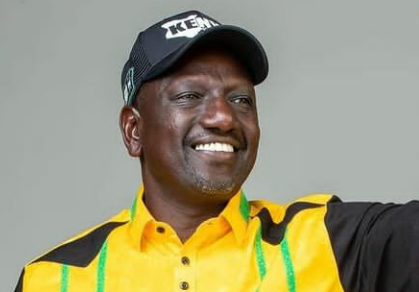
- Premier League introduces semi-automated offside technology (SAOT) to speed up offside decisions.
- Technology uses AI and multiple cameras to reduce human error and subjectivity in tight offside calls.
- It won’t apply to decisions involving penalties, red cards, handballs, or mistaken identity.
- System debuts in Manchester City’s match against Crystal Palace at the Etihad.
After months of debate over how long video assistant referee (VAR) checks were taking, especially in high-pressure Premier League matches, a new tool is stepping in: semi-automated offside technology (SAOT). The Premier League has confirmed that this advanced AI-driven system will begin operation during Saturday’s fixture between Manchester City and Crystal Palace.
The introduction follows club approval last April, although technical trials delayed the initial rollout. Now, it’s finally ready — but only for offside rulings.
So, What Exactly Is SAOT?
Despite its futuristic sound, “semi-automated” means humans still have the final say — they confirm what the system detects. The AI works by instantly tracking multiple data points to determine offside calls faster than the traditional VAR methods.
In the past, VAR officials had to manually freeze frames, judge the position of defenders and attackers, and draw digital lines. SAOT removes that process by automatically tracking the exact position of the ball and players’ limbs when the pass is made — a task made possible through 30 high-speed cameras installed in every stadium.
The system captures around 10,000 data points across all 22 players at a rate of 100 frames per second. The result? Faster, more accurate judgments with reduced reliance on human judgment for frame selection.
How It Will Be Used During Matches
When a close offside situation arises, the system immediately steps in. Once the AI makes the key decisions — ball contact moment and player positions — VAR officials verify the results. Once confirmed, the referee relays the final call to the players.
Fans watching at home and in the stadium will see a 3D animation showing how the decision was made, although referees won’t be announcing decisions through microphones like in some Carabao Cup matches.
Will It Actually Save Time?
To some extent, yes — but only for offside-related cases.
For instance, delays like the four-minute wait during Chelsea’s clash with Tottenham could have been cut in half had SAOT been in place. However, the technology won’t help in cases involving fouls, handballs, or red card decisions, where human interpretation is still required.
The Premier League claims a current 100% success rate with offside decisions using the new system in testing. This season’s average delay per VAR check stands at 39 seconds, an improvement from 64 seconds’ last season.
Still, while SAOT enhances speed for clear-cut offsides, long waits will persist for more complex reviews involving multiple layers of analysis.
What Happened During the Eight-Minute VAR Check at Bournemouth?
One major SAOT trial incident occurred during Bournemouth’s FA Cup win over Wolves. A goal by Milos Kerkez was ruled out, but not by SAOT. The system failed to process the situation due to congestion in the penalty box, forcing VAR to revert to manual lines — which led to an eight-minute delay.
An internal review showed the switch between SAOT, and manual methods took too long. Officials acknowledged that recognizing the system’s limits earlier could’ve speed things up.
Despite this, there are no current plans to introduce a time cap on VAR checks. The PGMOL insists that thorough checks sometimes involve multiple steps, and rushing through could miss critical elements.
The introduction of SAOT marks a step forward in improving decision-making in the Premier League. While it won’t fix every flaw in VAR, it’s a welcome upgrade for offside calls — arguably one of the most frustrating delays for players, managers, and fans alike. As the season progresses, all eyes will be on how well this AI-driven approach holds up in real match pressure.






